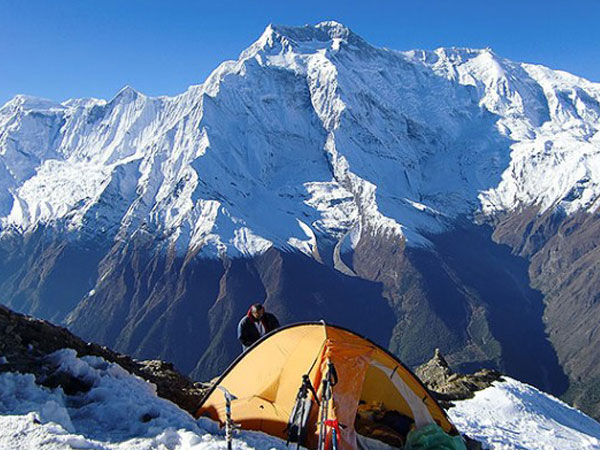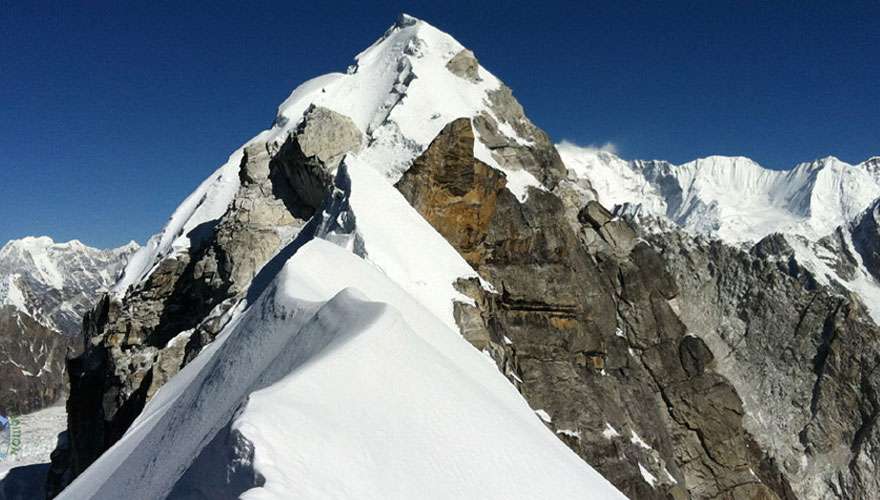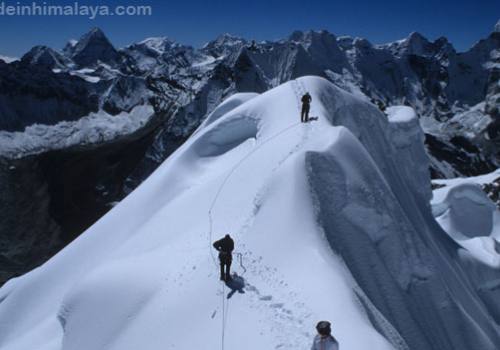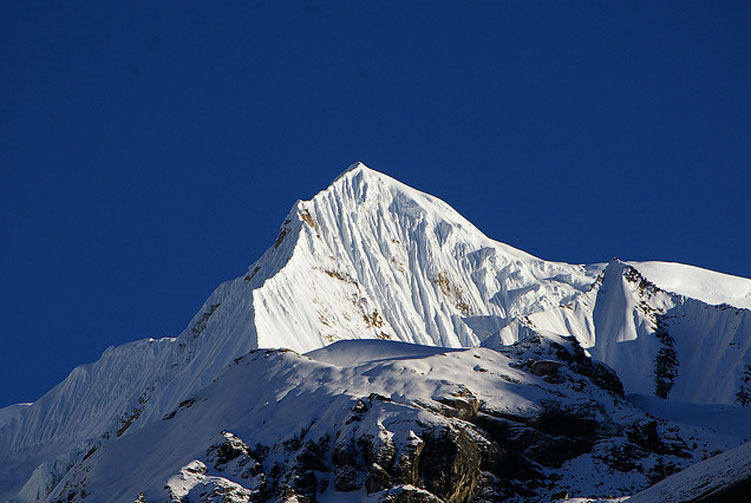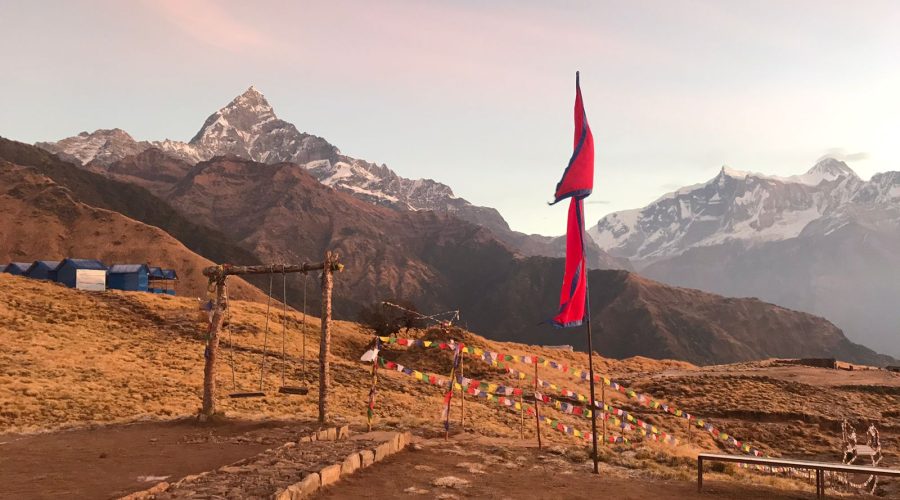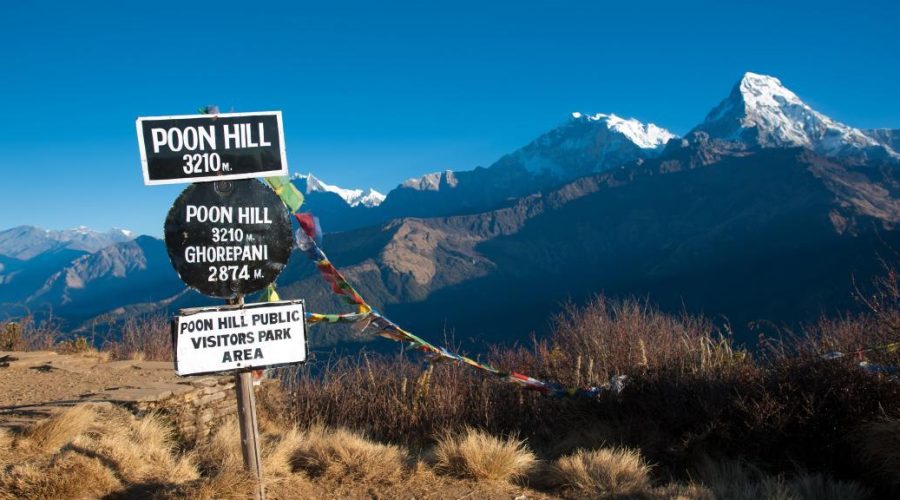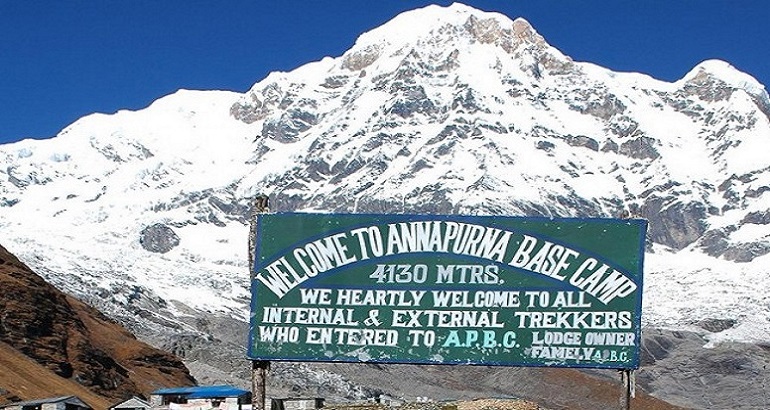977-9846702209
smilehiking@gmail.com
Tourism Lic No : 203
Registration No : 215658/75/076
Login
Sign UpLoginSign Up
Login
Do not have an account?
Create an AccountSign Up
Already a member?
Login- Home
- Nepal
- Treking
- Expedition
- Peak Climbing
- Island Peak With Everest Base Camp Trek
- Kongde Peak Expedition
- Mera Peak And Island Peak
- Mera Peak Climbing
- Nayakanga Peak Climbing
- Pisang Peak Climbing
- Ramdung Peak Climbing
- Singuchuli Peak Climbing
- Yala Peak Climbing
- Chulu East Peak Climbing
- Everest Base Camp & Lobuche Peak
- Island Peak Climbing
- Tharpu Chuli Peak Climbing In Nepal
- Activities
- Side Seen
- Luxury Treking
- Luxury Tour
- Tour
- Tibet Tours
- Bhutan Tours
- Multy Country Trip

